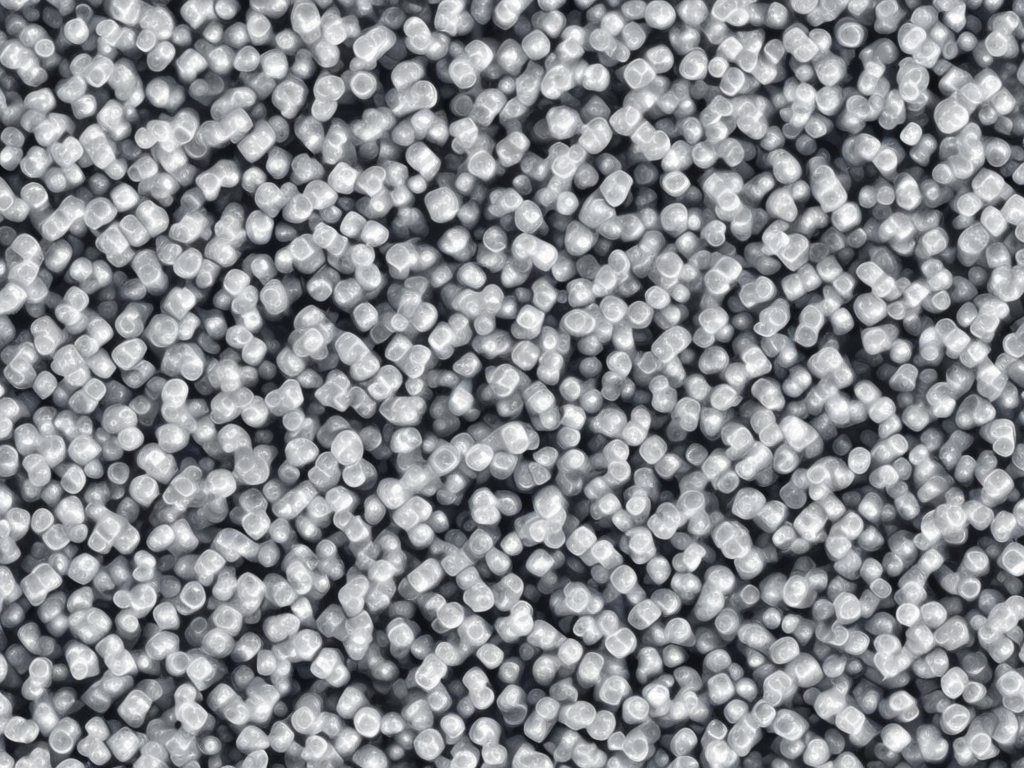
Introduction
Organic chemistry teaches us about a vast array of different compounds that can be found in all living organisms. Some of these compounds are ketones and aldehydes. These two organic molecules are not only important in biology but also play a critical role in many industrial applications. This article takes an in-depth look at the differences between aldehydes and ketones.
Definition of Aldehydes and Ketones
Aldehydes are organic compounds that have the general formula RCHO, where R represents any organic group. They are highly reactive and can be used as reducing agents in redox reactions. Aldehydes generally have a carbonyl group, which is a carbon double-bonded to an oxygen atom and single-bonded to a hydrogen atom.
On the other hand, ketones have the general formula R2CO, where R represents any organic group. They have a carbonyl group that is bonded to two carbon atoms. Ketones have a neutral pH, making them relatively stable under most environmental conditions.
Functional Groups of Aldehydes and Ketones
Aldehydes and ketones both possess carbonyl groups, which are the functional groups that are found in these organic molecules. The carbonyl group consists of a carbon-oxygen double bond (C=O). In aldehydes, the carbonyl group is bonded to a hydrogen atom and an organic group. In contrast, ketones have two organic groups bonded to the carbonyl group.
Physical Properties of Aldehydes and Ketones
Aldehydes usually have a strong, pungent aroma, which is why they are often used as fragrances in perfumes and other personal care products. The smaller aldehydes are soluble in water, while the larger ones are not. They have low boiling points and are highly reactive due to the presence of the carbonyl group.
Ketones, on the other hand, typically do not have a strong odor, making them ideal for industrial applications where strong smells are not desirable. They have higher boiling points than aldehydes due to the presence of two organic groups. Ketones are relatively unreactive under normal conditions.
Chemical Reactions of Aldehydes
One of the essential chemical reactions of aldehydes is their ability to undergo a process called oxidation. This reaction converts the aldehyde into a carboxylic acid by adding oxygen to the carbonyl group. The oxidation reaction is commonly used in the production of formic and acetic acids.
Another important reaction seen in aldehydes is their involvement in addition reactions. This is due to the high reactivity of the carbonyl group, which can undergo nucleophilic addition when attacked by a nucleophile. Aldehydes are also known to react with Tollens' reagent, forming a silver mirror on the surface of the test tube, which is commonly used to test for the presence of the aldehyde functional group.
Chemical Reactions of Ketones
Ketones are relatively unreactive compared to aldehydes, but they still undergo a few chemical reactions. One critical chemical reaction of ketones is the Friedel-Crafts acylation reaction, which is used to introduce acyl groups into an aromatic compound.
Another important reaction that ketones are known for is their ability to undergo nucleophilic addition reactions. This reaction is typically seen in the presence of an acid or a base catalyst. Ketones also react with iodine and sodium hydroxide, forming a yellow precipitate of iodoform.
Uses of Aldehydes
Aldehydes have significant applications in various industries. Formaldehyde, which is a common aldehyde, is widely used in the production of resins, textiles, and plastics. It is also used as a disinfectant and preservative in the medical industry.
Another essential aldehyde is acetaldehyde, which is used in the production of acetic acid and ethanol. It is also used to produce various chemicals, including resin and paint binders.
Uses of Ketones
One of the most common ketones is acetone, which is widely used as a solvent in various industries. It is also used in the production of chemicals, such as bisphenol A and methyl methacrylate.
Another important ketone is cyclohexanone, which is used in the production of various chemicals, including adipic acid, caprolactam, and nylon. It is also used as a solvent in the production of paints, lacquers, and varnishes.
Conclusion
In conclusion, aldehydes and ketones are two essential organic compounds that are widely used in various industries. The carbonyl group is the functional group found in both of these organic molecules. Aldehydes are highly reactive and can undergo several chemical reactions, including oxidation and addition reactions. They are also useful in the production of resins, textiles, and plastics.
In contrast, ketones are relatively unreactive, but they still play critical roles in various industrial applications. They are widely used as solvents and are involved in the production of chemicals, including bisphenol A and cyclohexanone. Understanding the differences between aldehydes and ketones is essential in predicting their reactions and the applications they can be used for in various industries.
 Self-Instruct
Self-Instruct